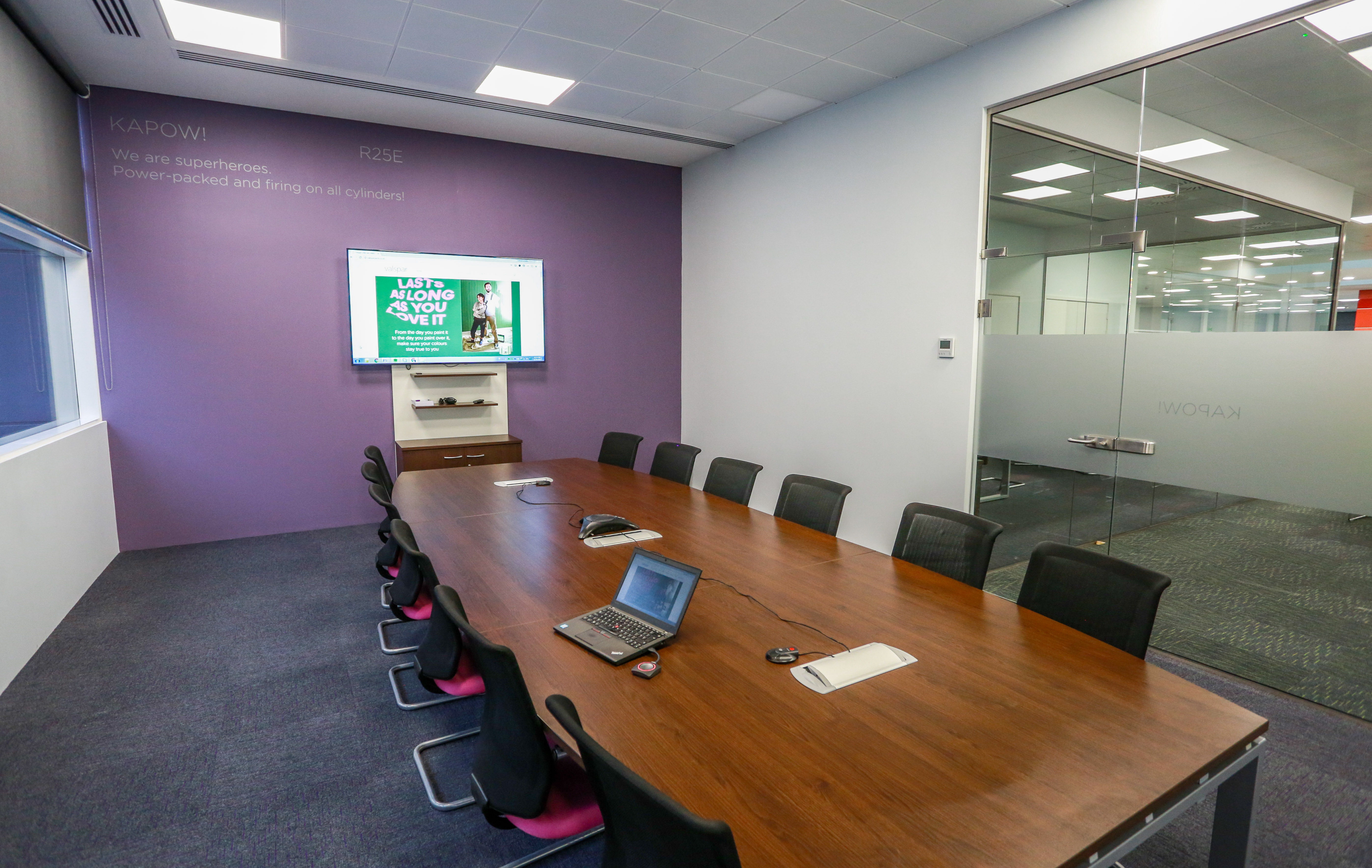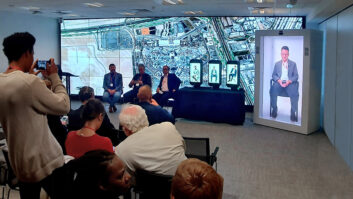
Previously we looked at the importance of the video comms user experience in the corporate sector, before considering who stands to benefit from the demand for unified platforms. We conclude this feature by discussing the increasing emphasis on software over hardware to deliver the desired user experience.
There is, perhaps, the beginnings of a quasi-religious argument about the relative role – and value – of software and hardware, and it’s an argument that is beginning to gain traction throughout the AV industry. Few disagree that as hardware becomes increasingly commoditised, and thus less expensive and with lower margins, it is becoming decreasingly sustainable as a basis for a solid business – whether that business is a manufacturer, a distributor or an integrator. Nowhere is that religious argument more fervent than among mobile phone users. The underlying hardware of an Apple phone and a Samsung phone are all but indistinguishable: it’s all about the software – the software that delivers the user experience. It’s about iOS versus Android.
Competitive advantage
“Differentiation in corporate video communications is now in delivering a seamless user experience through software,” says Michele Durban, director, corporate marketing at StarLeaf. “For StarLeaf, the most important objective is to ensure that staff have the tools they need to call, message and organise conference calls from their preferred device. We know that we need to deliver people the tools they need to work wherever they are. The key to this is an app that can put all the functionality that users need directly into their hands, and enables seamless communication across all devices – from mobile to desktop. Any videoconferencing service provider that can offer this facility is likely to enjoy a significant competitive advantage over the rest of the market.”
James Keen, group marketing manager at Tripleplay, sees another AV market as an interesting analogy.
“When you look at how the digital signage market has changed over the years, for example, the hardware vendors are opening up their APIs to allow software CMS vendors to work with their platforms,” he points out. “Samsung, LG, BrightSign, Amino – they’re all encouraging it. Yes, they all have their own software – but by opening their platform up for third-party CMS integration, they will create a market for themselves as the ‘hardware of choice’ for the digital signage community.”
Anne Marie Ginn, senior category manager at Logitech VC, however, believes it’s important that the role hardware plays receives due credit.
“It’s true that hardware is becoming commoditised and that software is assuming ever-greater importance – but only to a point,” she believes. “Yes, the old days of legacy, proprietary, complex video installations are coming to an end, with advances in both software and hardware technologies allowing customers to be much more selective in how their end solution looks and works. The combination of high-quality hardware and intelligent software can make a huge difference to the user experience. That said, there are some features that are only possible with new hardware and there are still new points of difference in the market there – such as with quality 4K cameras, or cameras specifically designed for the huddle room, for example.”
When Durban describes StarLeaf’s app, she mentions the concept that what users most want is a so-called ‘single pane of glass’ interface – in effect, the proverbial “one ring to rule them all”. For many, that may lead to a future in which the mobile phone becomes the basis of the user experience of the future: it, and consumer tablets, are for example rapidly replacing custom interface panels in the home automation market. The home automation market has been no less quick to succumb to the charms of Alexa. So: what does the future hold for the user experience in the corporate video market?
Engagement
“More engagement,” thinks Francis Williams, technical director at Pioneer Group. “We can use it in every market sector we’re in at the moment. Consumer engagement, user engagement, even fan engagement at events. There is currently a perceived requirement that technology needs to be personable and the experience more bespoke to each individual user, client or consumer. This is how we currently see the user experience evolving.”
Josh Duncan, senior director of product management at Lifesize, warms to the theme. “Emerging technologies, such as AI, 4K and machine learning will transform the collaboration space in the next couple of years, and, in turn, improve the user experience,” he says. “Smart meetings will make the collaboration experience more engaging for users with, for example, virtual assistants and facial recognition.”
“Even with our existing technologies, there’s no reason a user can’t walk into a meeting room and instantly have a meeting start,” adds Ginn. “Facial recognition is now increasingly available through devices like the iPhone X and Logitech BRIO (with Windows Hello), and location services through mobile devices are a long-established reality. Voice control is the next obvious frontier. While it’s not quite happening yet, once these technologies are in place it will seem that the technology we’re using will be completely invisible and vanish from the actual meeting experience, as users literally won’t have to lift a finger to start a meeting, share content, or end the call.”
Seamless experience
“Voice activation is how user experience will evolve in the future,” says Joel Chimoindes, European commercial director at distributor Maverick AV Solutions. “Voice activation and the integration of all of the applications to deliver a seamless experience; today in the consumer world, you can use voice activation to do everything it normally does on top of additional activities through the use of third-party apps.”
Whatever the future holds, though, it appears that there is a real conundrum to be solved. Single-vendor solutions may be simple and provide a more unified user experience – but perhaps at the cost of some functionalities, such that a degree of compromise is necessary. Multi-vendor solutions may appear attractive, given not only the interoperability we now take for granted, but also the quantity of compatible plug-and-play devices that are available – but perhaps at the cost of a degraded user experience that limits adoption and damages productivity. The move to ‘… as a service’ addresses this – but only to an extent.
There is probably not a company out there who would not like to ‘own’ the customer UCC experience. In an imperfect world, there is always promise and opportunity. Whether that’s for manufacturers or integrators or third parties isn’t clear. What is clear, though, is that the prospects for user experience designers have never looked brighter.







